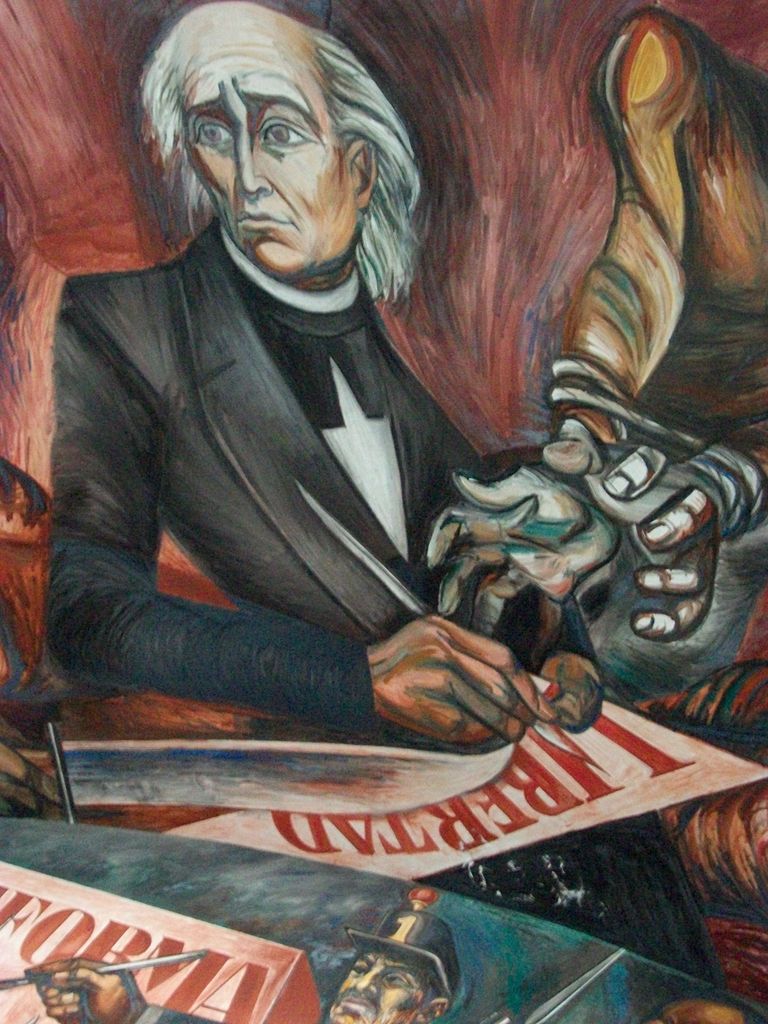Murallism

Murallism
The Murallism, a term synonymous with the Mexican Muralism art movement, emerged as a powerful form of public art in the early 20th century. This style, spearheaded by notable artists like Diego Rivera, David Alfaro Siqueiros, and José Clemente Orozco, revolutionized the concept of painting by integrating it with social and political themes. Originating in Mexico after the Mexican Revolution, Murallism played a crucial role in transforming public spaces into canvases that narrated the nation's history, culture, and aspirations.
The movement's genesis can be traced back to the post-revolutionary period in the 1920s when Mexico was transitioning from an oligarchic to a modernizing state. The government, recognizing the need to reshape national identity, commissioned artists to create murals that would educate the largely illiterate population and promote Mexican indigenous culture and revolutionary ideals. These murals were not mere decorative pieces but tools of social education and political commentary, accessible to all, thereby liberating art from the confines of elitist galleries and museums.
José Vasconcelos, the then Minister of Public Education, played a pivotal role in this initiative, championing the idea of using murals to foster nationalism and social inclusion. The commissioned murals were often bold, dramatic, and expressive, diverging from the traditional European styles that had dominated the art world. The murals depicted a range of themes, from the glorification of the Mexican Revolution and its ideals to the portrayal of everyday life and the struggles of the common people.
Among the notable works from this era, José Clemente Orozco's "The Banquet of the Rich" and Diego Rivera's "The Liberated Earth with the Natural Forces Controlled by Man" stand out. These works exemplified the movement's essence, combining artistic excellence with potent social commentary. Orozco's mural, for instance, highlighted the societal disparities, depicting the opulent lifestyle of the rich juxtaposed against the struggles of the working class. Rivera's mural, on the other hand, celebrated the potential of social revolution and technological progress in reshaping society.
Murallism's impact extended beyond Mexico, influencing public art globally. It paved the way for murals to become a medium of expression and protest in various socio-political contexts around the world. Today, the legacy of Murallism is evident in the vibrant murals that adorn public spaces in numerous cities, continuing to inspire and provoke thought.
If you are an art collector, auctioneer, or an expert in art and antiques, Murallism offers a rich tapestry of history, culture, and social commentary worth exploring. To stay updated on sales and auction events related to Murallism, consider signing up for our updates. This subscription will ensure you are always informed about the latest developments and opportunities in this fascinating field of art.
| Country: | America, Europe, Mexico, Russia, USA, USSR (1922-1991) |
|---|---|
| Start of the period: | 1920 |


